In last week’s post, I described what reading workshop is and how it can be modified to work in primary classrooms. Today I’m going to go more in-depth on an essential component of reading workshop: the minilesson. In today’s post, I’ll discuss the structure of a minilesson and how to figure out what to teach in your minilessons (in the context of reading workshop).
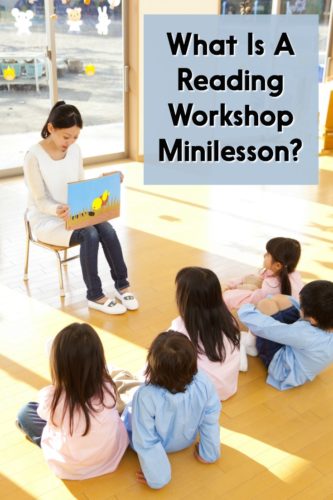
Photo Credit, KPG Payless2, Shutterstock
A minilesson has that name because, well, it’s mini. 🙂 A typical minilesson can range from just a couple of minutes to about 10 minutes. When I incorporate more guided practice or partner practice into a minilesson, it can take about 15 minutes. I generally try to keep it to about 10, however.
Another “mini” aspect of a minilesson is that its focus is small. When I teach a minilesson, I want to be sure that I a) know exactly what I want students to learn (my teaching point), and b) stick to my teaching point like glue!
There may be a dozen other “teachable moments” that arise during the minilesson, but I typically disregard them in favor of sticking to my focus.
Structure of a Minilesson
I don’t think there’s one right way to structure a minilesson. But here’s (generally) how I structure mine (the italicized portion is part of a minilesson that has the goal of teaching students to pay attention and read captions):
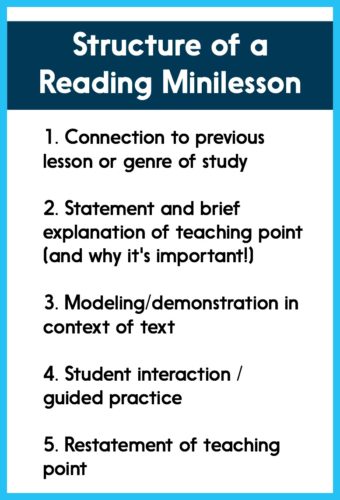
1. Connection to previous lesson or genre
I always want to bring some sort of context or sense of continuity when I start a minilesson. I like to start by reminding students what we’ve been working on and connecting it to what we’ll be talking about today.
“Boys and girls, we’ve been reading lots of nonfiction lately. We’ve been learning a lot from the words and PICTURES of these books, haven’t we?”
2. Statement and explanation of teaching point (including why it’s relevant or important!)
I like to tell my students exactly what I want them to learn. I don’t want to leave them guessing! This helps them know what to pay attention to during the minilesson. I also think it’s important to tell students WHY what I’m teaching them is important. In this example, I explain that it’s important to read captions because they help us better understand images and learn more about the topic of the text.
“Today I want to teach you how to learn more about a topic by reading captions. Captions teach us information that helps us understand a photo or picture even better – and learn more about the topic!”
3. Modeling / demonstration in context of text
At this point in the minilesson, I do some modeling, thinking aloud, and ocasionally mark up a text. I choose only one small part of a familiar text.
I typically select just one small chunk of a text for each minilesson. If we’re reading something longer, the teaching point can get lost pretty easily. I like to return to just one part of the text to help kids focus on the strategy. (I do model strategies when we do shared reading, but I typically do this at another time of the day and don’t necessarily consider it my reading workshop minilesson.)
I also usually choose a familiar text for the minilesson (one we read prior to the minilesson, earlier in the day, or at least that same week). I want my students to focus on the skill or strategy, not get bogged down in trying to understand the text.
I also think it’s important for kids to be able to put their eyes on the actual text. I’m showing them something that I want them to do in their own independent reading, so I need them to see exactly how I do it as a reader reading real text!
I love my document camera for projecting a text during a minilesson! I also love big books in K-1. Other alternatives are to write part of the text on chart paper, or project something using an interactive white board.
“Let me show you what I mean.” (Open the book and display it under the document camera.) “On this page, I see a photo of a ____. I notice _____. But look – here’s a caption right under the photo. It says _________. Wow! I never would have known that if I just looked at the photo! Reading the caption taught me that ______.”
4. Student interaction / guided practice
In the majority of my minilessons, I have students practice the skill with the same text I used for modeling. I do this because it’s quick (the text is already up there) and gives them some practice without making the minilesson super long.
However, some other options for guided practice are:
- Have students get their reading bags/books/bins and identify a place in a book where they could apply the strategy
- Have students work with a partner to do the above activity
- During independent reading time (immediately following the minilesson), have students mark or write on sticky notes to show where they used a strategy and what they learned
Those options do take more time, of course.
“Let’s look at this page. Take a second and look at the photo. Think to yourself – what can I learn from this photo?” (Pause) “Now, can I get a volunteer to come up and point to the caption on this page?” (Select a volunteer to quickly come up and locate the caption) “I’ll read this aloud to you. It says _________. Now, turn and tell a partner what you learned from the caption that you DIDN’T learn from just the photo.” (Have students turn and talk, and then share out.)
5. Restatement of teaching point / check-in
I think it’s important to re-state the teaching point at the end of the lesson and encourage students to apply it in their independent reading.
You might also have students rate how they feel about using the strategy (thumbs up or thumbs to the side). That type of self-evaluation can help you decide if you want to pull a small group of students who are struggling, or make check in with those students during reading conferences).
“Today I showed you how important it is to read the captions. A caption can teach us even MORE about a picture! As you’re reading, today and every day, look to see if the pictures in your books have captions – and read them to learn more about the pictures!”
Minilesson Content
What do you teach during a minilesson? Well, that depends on a lot of things. You may be working on a genre unit and need to teach a strategy related to the genre. Maybe you’re working on a particular strand in the Common Core Standards. The Reading Strategies Book by Jennifer Serravallo is a great resource if you’re not sure what strategies to teach.
Whatever strategy you’re teaching, you want to make it actionable and specific. For example, instead of just teaching inferring in general, I try to teach students to infer a character’s traits by paying attention to what they do and say, or infer an author’s opinion about a topic by noticing the words they use to describe it.
Something else we should ask ourselves is, “How is this strategy reinforced throughout reader’s workshop as a whole?” Are you focused on that one strategy throughout the workshop, or are your teaching points scattered? In other words, if you’re teaching that nonfiction minilessons on captions, are you then working on asking questions during guided reading, and teaching kids to make predictions during independent reading conferences?
It’s helpful if you can streamline your planning so that whole group, small group, and individual instruction all focus on the same strategy.
That said…perfect continuity is only sometimes possible, not always practical, and not always BEST for kids!
A couple of years ago, I was working in a school where I was required to teach the exact same skill during shared reading and guided reading. I really struggled with this, and I broke the “rules” (shhh…don’t tell!). Here’s why:
- I had a wide range of students. Kids reading books at a Level F needed certain decoding strategies that my students reading at a Level M had already mastered. Keeping it all the same during shared reading and guided reading would have meant that I would ignore the needs of my students at both ends of the spectrum.
- Beginning-level texts often do not have the complexity required for students to practice certain comprehension skills. For example, we may be working on problem and solution as a whole group. However, very few Level A and B texts have problems and solutions. I’m not going to force a square peg into a round hole! I’m going to teach students reading those Level A and B texts the skills they need to be successful at those levels.
So how do we find balance between instructional continuity and meeting individual students’ needs? One way is to think about skills on a continuum.
For example, we may be working on inferring character traits as a whole class. We model and give students guided practice during minilessons and other whole group instructional activities.
However, some of our students are reading books at low reading levels during guided reading. Characters in the books at these levels don’t have much to them – they are typically flat or one-dimensional. It would be very hard (and, frankly, pointless) to spend a lot of time on this skill during guided reading.
So what can we work on with those students during guided reading? We can have them:
- Identify the characters in a story
- Explain why a character did or said something
- Infer how a character is feeling (from the pictures and words)
All of these supporting skills will eventually help our students master the skill of identifying character traits independently (when they get to this level in their independent reading).
Another option would be to do a shared reading instead of guided reading – and give students more practice with this skill using a text that they can’t decode themselves.
We will go more in-depth on these skill or strategy continuums during my FREE workshops on reading workshop! You can see available times and get the sign-up link(s) by clicking HERE.
And if you’re looking for done-for-you minilessons, check out my minilesson bundles below for K-1 and 2nd:
Happy teaching!

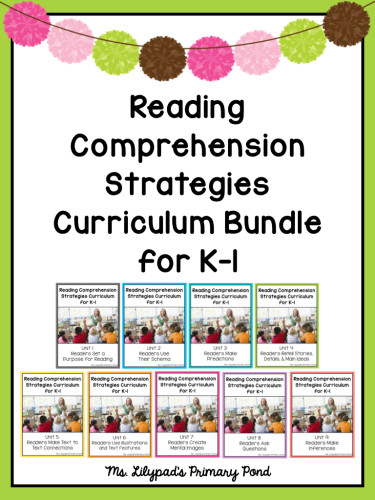
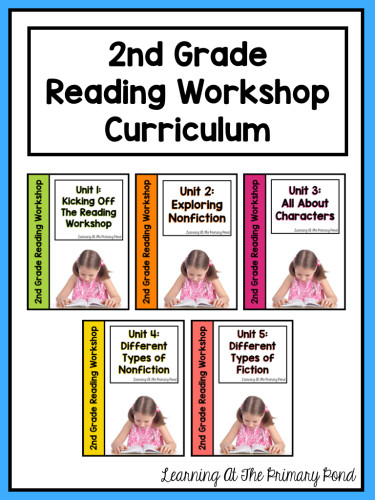
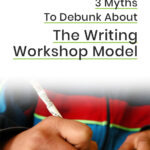
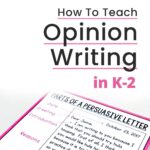



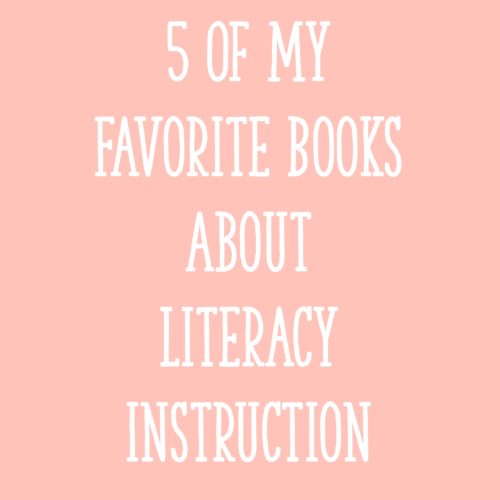






I really agree that using those familiar texts for minilessons is critical. I find that I can get SO much mileage out of a few treasured picture books. When teaching kindergarten I often began the year with Sulzby reading, where I would repeat read a couple of books over and over until the kids had either memorized them, or could read them in their own words beautifully. This was a fantastic bridge for those emergent readers, but it also gave me a handful of texts that they knew SO well that I could then encourage them to look at/learn from… Read more »
Hey Karen!! Good to hear from you! You’re teaching 3/4 now? It is SO nice to be able to refer to books you’re already reading in minilessons. Makes it so meaningful and saves time, too.
Alison
Do you break up your whole group lessons? Do you do a different skill in the mini lesson everyday? For example, one day you cover a phonics skill and another day a reading strategy? I am finding that my kids are sitting too long while I try and teach all the necessary skills for the week!
Hey Belinda! I definitely understand that – what I do is just set up the day so it’s a minlesson, practice. Minilesson, practice. One time it’s a reading minilesson, then the kids are reading independently or doing lit centers. Then we maybe have a grammar or phonics lesson, then independent practice. I agree that it’s too long to have them sit and teach them everything at once!
Alison